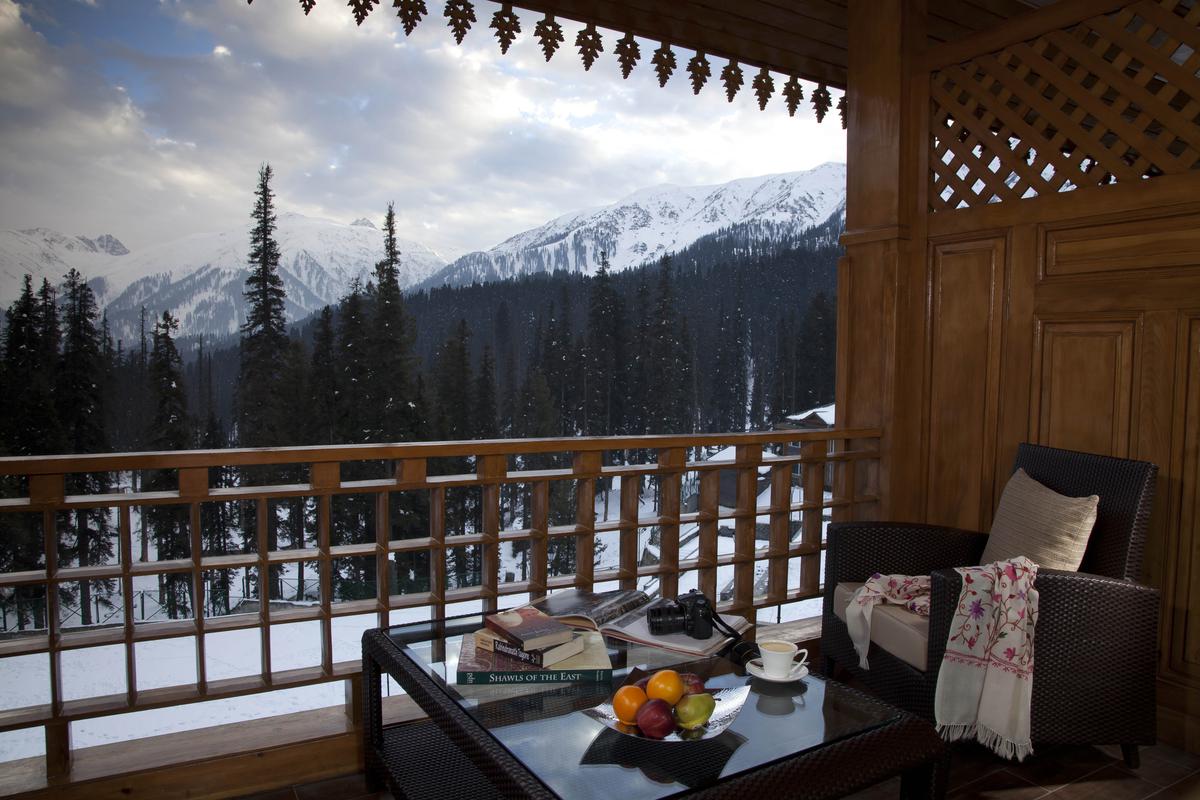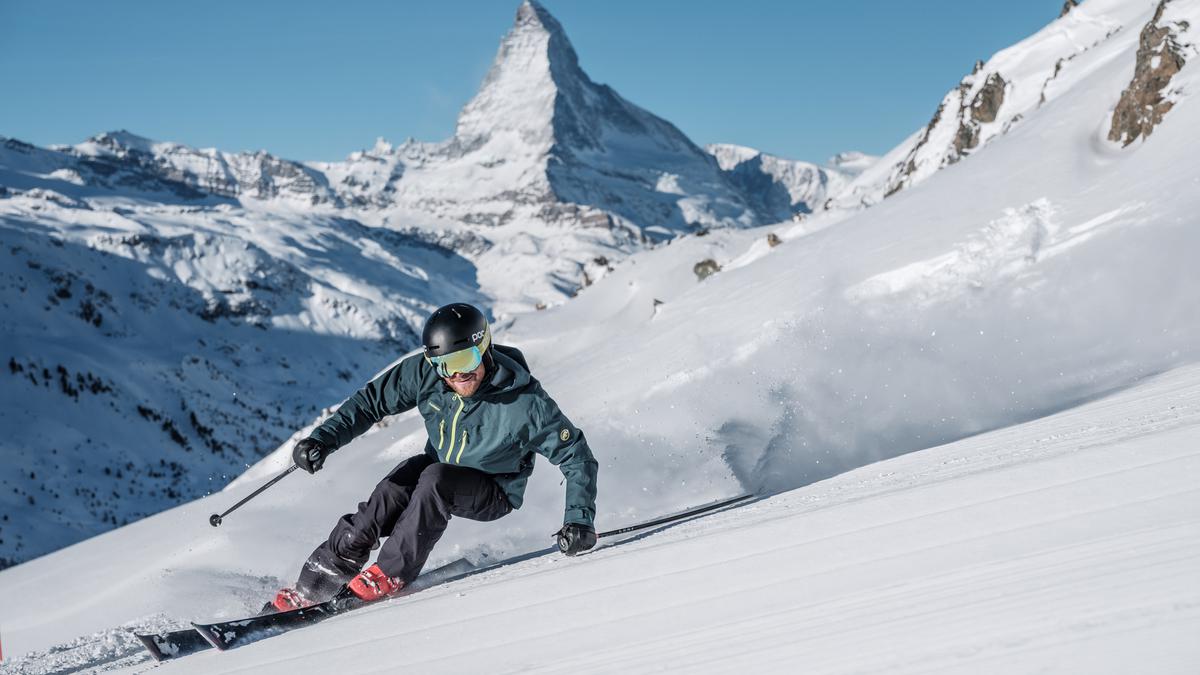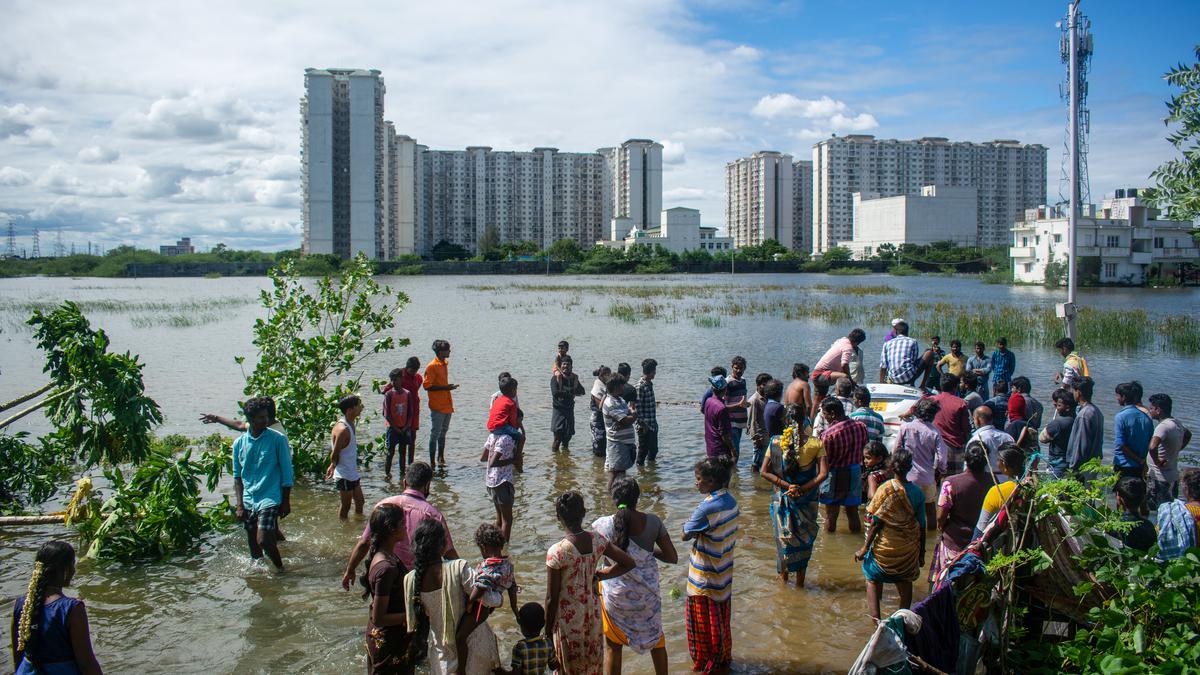This winter, as adventurers ready their ski boards to slide through the refreshingly chilly winds on snowy mountains, ski resorts around the world are fretting over the growing repercussions of global warming on their industry. From shrinking snow coverage and shorter ski seasons, there is a lot going on.
Val Thorens, one of the highest Alps in France, located at an altitude of 2,300m is usually one of the first in Europe to open for skiers. 2022, however, was a different story. ‘Despite our best efforts to start the season on November 19, the warm autumn weather did not allow us to open the ski resort and its slopes in a qualitative way’, states a cautionary on the resort’s website. “In the summer of 2022, we had to close the glacier ski area for the first time for around 40 days for safety reasons,” recollects Marc Lagger, Communications manager, Zermatt Bergbahnen AG, the biggest cable car company in Switzerland. “This was due to the low precipitation winter of 2021/2022 and the very warm summer of 2022,” he adds. Located at over 1,600 m above sea level, Zermatt is popular for offering a 365-day skiing experience.
Skiers at Gulmarg
| Photo Credit:
Special Arrangement
Closer home, Mohammad Arif Khan, the only Indian skier to earn a quota in the Beijing 2022 Winter Olympics, says the changes due to global warming have been evident in Gulmarg since 2002. “There has also been a delay in snowfall from early November to late November,” he says. Mohammad has been mastering his carving skills on the scenic slopes of Kashmir’s Gulmarg since 1994. At an elevation of over 3,000 metres, the hill station is popular for offering some of the finest powder snow for skiers. “Even during the 40- day peak cold period, temperatures rise suddenly during the day. There are rains leading to wet snows that are not right for skiing,” he adds.
According to NASA’s Goddard Institute for Space Studies (GISS), the average global temperature on Earth has increased by at least 1.1° Celsius since 1880. The majority of the warming has occurred since 1975, at a rate of roughly 0.15 to 0.20°C per decade! The figures may seem small but it takes a significant increase in accumulated heat to raise the temperature of an entire planet like Earth even in small amounts, given the tremendous size and heat capacity of the oceans.
One of the world’s most popular ski destinations, Aspen Snowmass in the US has lost 30 days of winter since 1980 alone, according to resort officials. “We’ve warmed about 0.4 degrees per decade,” says Aspen Skiing Company’s SVP of Sustainability, Auden Schendler. “In the summer, we’re increasingly threatened by fire and flood; we’ve had two major fires in the last five years’‘ According to a report by Protect Our Winters (POW), a non-profit organisation run by pro-athletes, the ski tourism industry adds approximately $20.3 billion to the US economy, each year.
A snapshot from Aspen Snowmass
| Photo Credit:
Daniel Bayer
Advantages of artificial snow
Zermatt Bergbahnen AG has invested CHF 136 million in pistes (a marked ski run) and artificial snow systems, since 2002. “Around 70% of the pistes in the entire ski area can be covered with technical snow, if necessary,” informs Marc. An estimated 95% of global ski resorts rely on snowmaking to some extent, according to a report by Protect Our Winters (POW). Having said that, can artificial snow machines save the ski industry from global warming?
“Warming temperatures impact not only natural snowfall, but our ability to make snow as well,” cautions Hannah Dixon, communications manager, Aspen Snowmass. According to the POW report, artificial snow can be reliably produced in low humidity conditions but only if the temperatures are up to about 3°C and with additives that help in freezing the water. Snow making also demands large quantities of water. An estimated 49 million gallons of chemically-treated water was used for the Beijing Winter Olympics in 2022 to create snow conditions for the Alpine events.
Saving winter wonderlands
Hannah explains how Aspen Snowmass is fighting climate change, “at a governmental level to influence policies that address systemic change”. The resort has installed power plants that generate electricity using solar energy and methane emitted by nearby coal mines.

A view from Khyber Himalayan Resort & Spa
| Photo Credit:
Aditya Arya
New properties such as Six Senses Crans Montana are built with sustainability in mind. Opening in early 2023s in Switzerland, the luxury property has the capacity to recycle its waste heat by collecting it from its cooling systems, pools, and kitchens, and then filter and re-directed back through the system, in an attempt to reduce energy requirements.
Closer home, luxury properties in India that risk an adverse impact from the brisk threats of global warming on ski and winter tourism are taking baby steps to contribute to the solution. For instance, the Khyber Himalayan Resort & Spa encourages its guests to walk rather than drive, to save water and plant a tree. “Local bodies can also help in limiting the use of fossil fuels, increasing forest cover, encouraging green technology, and developing renewable energy sources,” concludes Vinit Chhabra, general manager, The Khyber Himalayan Resort & Spa, Gulmarg.







